For many of us, stools play a role in our daily lives, but how often do we actually stop to think about the definition of a stool? These simple, functional household furniture staples come in a range of different styles, shapes, and designs.
So, how many legs does a stool have? It might seem like a simple question, but the answer isn’t all that straightforward. In this guide, we’ll discuss different stool configurations, and why quality stool legs are essential for your furniture’s stability, functionality, and aesthetics.
At The Hairpin Leg Co., we have the UK’s best selection of premium stool legs, available in an incredible selection of lengths, styles, and colours to suit any project. Browse our range to find the perfect legs for your next stool!
How Many Legs Does a Stool Have?
So, how many legs does a stool have?
Common Leg Configurations on Stools
How many legs does a stool have? Stools exhibit an intriguing diversity in their leg configurations. Traditionally, three and four-legged designs are among the most prevalent.
The three-legged stool, known for its stability despite an uneven surface, is one of the oldest and most traditional configurations. This design distributes the load evenly, making it a favourable choice in environments where stability on various terrains is crucial, such as outdoor settings or in workshops. The most interesting aspect of a 3-leg stool, is this is can never wobble! All 3 legs will always touch the floor. However, this can be at the detriment to stability that a stool with more legs provides.
On the other hand, the four-legged stool offers a more conventional approach, providing stability on level surfaces. This symmetrical design resonates with a broader perception of balance and familiarity.
Variations within these categories exist, with some stools boasting additional support through crossbars, angled legs, or even sled-like bases, catering to specific needs and aesthetics.
Pros and Cons of Different Leg Numbers
Each leg configuration brings its own set of advantages and limitations. Three-legged stools are best for uneven terrain, but their design might compromise stability on perfectly even floors.
On the other hand, four-legged stools offer stability on flat surfaces but may struggle to find balance on rough or uneven ground. They tend to adhere well to standard settings but might lack the versatility of their three-legged counterparts.
Plus, the more legs a stool has, the higher the chances of one leg being uneven, leading to wobbling issues if the floor surface isn't perfectly flat.
The choice of leg configuration often boils down to the stool's intended purpose, aesthetic appeal, and the environment it will be in. Understanding the nuances of each design assists in selecting the most suitable legs for specific contexts, balancing functionality, stability, optics, and ergonomics.
The Importance of Quality Legs on Your Stool
The legs of a stool are easy to overlook, but play a pivotal role in determining not only the stability and safety but also the overall functionality and visual appeal of this seemingly simple piece of furniture. Let’s take a closer look at why quality legs for your stool are so important.
Stability and Safety
Quality legs are the bedrock of a stable stool. They serve as the primary support system, bearing the weight of the sitter and ensuring balance on all surfaces. Reinforced, well-crafted legs contribute significantly to the stool's stability, preventing wobbling or tipping.
Plus, legs that are appropriately sized and designed for the stool's intended purpose bolster its overall durability, minimising the risk of structural failures over time, or the need for replacement legs which can be both time-consuming and costly.
Material Matters
The choice of materials for stool legs greatly influences their functionality and durability. Wood, metal, plastic, and composite materials each offer distinct advantages. Wood, prized for its natural appeal and versatility, can provide both strength and aesthetic charm.
Metal legs often bring robustness and a sleek modern look. Plastic and composite materials offer lightweight options that are easy to maintain. However, irrespective of the material, the quality of craftsmanship and engineering determines the longevity and performance of the legs.
Design and Aesthetics
Beyond functionality, the legs contribute significantly to the overall design and aesthetics of a stool. The shape, curvature, and detailing of the legs can define the stool's visual appeal, complementing various interior styles, ranging from minimalist to ornate.
Innovative leg designs can also add character and uniqueness to the stool, making it a focal point in any space. The colour, length, and style of your stool’s legs can all play a role in its appearance.
Tips on Getting the Best Stool Legs in the UK
Selecting the right stool legs involves a blend of understanding quality, exploring customisation options, and considering reputable brands. Here are some of the factors to keep in mind when assessing different stool leg options.
Identifying High-Quality Stool Legs
Quality is paramount when choosing stool legs. Look for sturdy materials like solid wood, robust metal alloys, or durable composite materials. Assess the craftsmanship - smooth joints, even finishes, and well-aligned legs indicate quality construction.
Also, make sure the legs are appropriately sized and designed to support the stool's intended use. Think about the weight capacity and stability of the stool on varied surfaces.
Customisation Options
When shopping for stool legs, options that can be customised give you the best chance of finding the perfect legs for your stool. Look for stool legs that are available in different lengths, colours, and thicknesses to bring your stool to life just as you’d envisioned.
Having this flexibility allows you to match the stool legs with your interior decor or adapt them to specific functional requirements. Consider bespoke options if you seek unique designs or specialised features that aren’t always readily available.
Brand Considerations
Not all stool legs are created equal, and a cheap option from an unknown brand isn’t likely to serve you well. Reputable, trusted brands offer significant quality and reliability for your peace of mind, ensuring your stool legs withstand the challenges of daily use for years to come.
Look for brands that prioritise customer care and have a proven track record for producing durable, high-quality furniture. Read customer reviews and testimonials, make sure there’s a warranty or return policy, and find a brand that values their customers above all.
Shop at The Hairpin Leg Co. For Sturdy, Stunning Stool Legs!
At The Hairpin Leg Co., we’re dedicated to crafting quality handmade furniture. Our incredible selection of furniture legs, including footstool legs, bar stool legs, and stool bases, is bound to have exactly what you’ve been looking for.
Our hairpin legs and other styles are available in a variety of finishes, lengths, and thicknesses, making it easy to find the right legs for your stool’s design. Built to last, our products come with extended warranties, plus free shipping and returns.
What are hairpin legs, exactly? They’re minimalist, metal furniture legs with a sleek and open design. They consist of two or more thin, metal rods bent into a U or V shape. As well as hairpin legs, we have a number of other styles to choose from - there’s something for everyone!
Not sure what you’re looking for, or have some burning questions? Reach out any time! We love to hear about our customer’s projects and share the tips and advice we’ve picked up over our many years in the industry.
DIY Stool Projects: Quick Guide to Adding or Replacing Stool Legs
If you have a DIY stool project on the go, you might be wondering what to do when it comes to the legs. Learning how to attach table legs or stool legs is generally a pretty straightforward process, depending on the stool material and the types of legs you’re using.
If you’re using our hairpin legs, they come with screws, feet, floor protectors, and a build guide for seamless installation. All you’ll need to do is choose where on your stool to attach the legs, and screw them in.
If your stool is wooden, you can use plain wood screws directly into the wooden surface for the most simple and durable fitting method. A small 1-2mm pilot hole is suggested for hardwoods to ease the screw in and reduce the risk of cracking.
If you’re unsure or have any questions about your stool legs, reach out to our team before you place your order - we’ll make sure you have everything you need for seamless leg installation or replacement!
Final Thoughts on How Many Legs a Stool Has
So, how many legs does a stool have? While three and four-legged stools are the most common varieties, there’s a lot of variety when it comes to stool legs. If you’re looking for some inspiration, explore some of the unique furniture legs available at Hairpin Leg Co.
We have an incredible selection of premium metal table legs, bar table legs, breakfast bar legs, bed legs, cabinet legs, coffee table legs, outdoor table legs, and other quality table legs to suit every style and project.
With unparalleled customer service and the best quality, handcrafted legs, The Hairpin Leg Co. is the place to come for legs that will do your beautiful furniture justice. Explore our store today to find the perfect legs for your next DIY stool project!


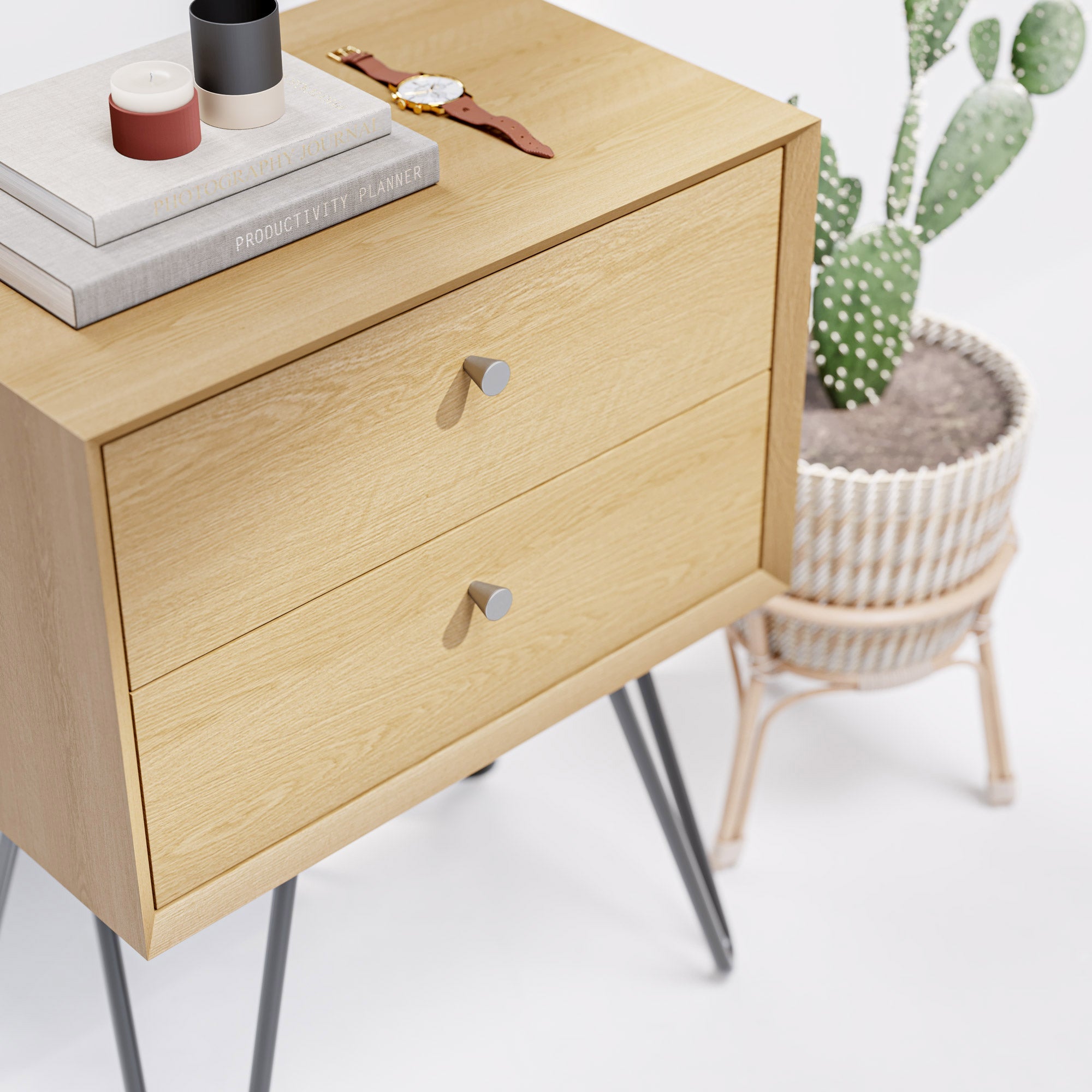
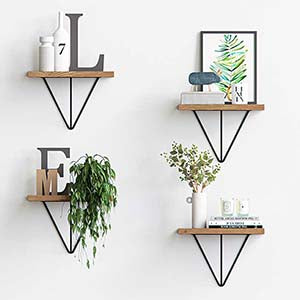
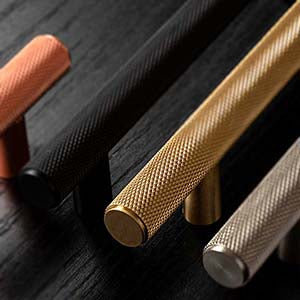
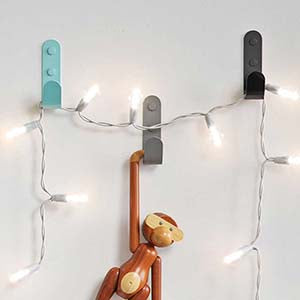
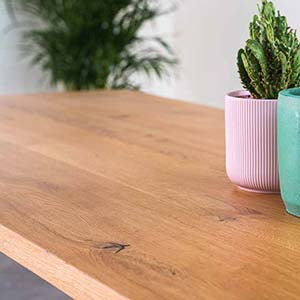
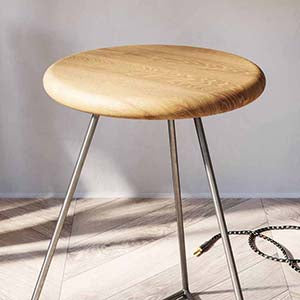
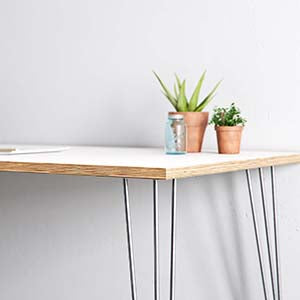
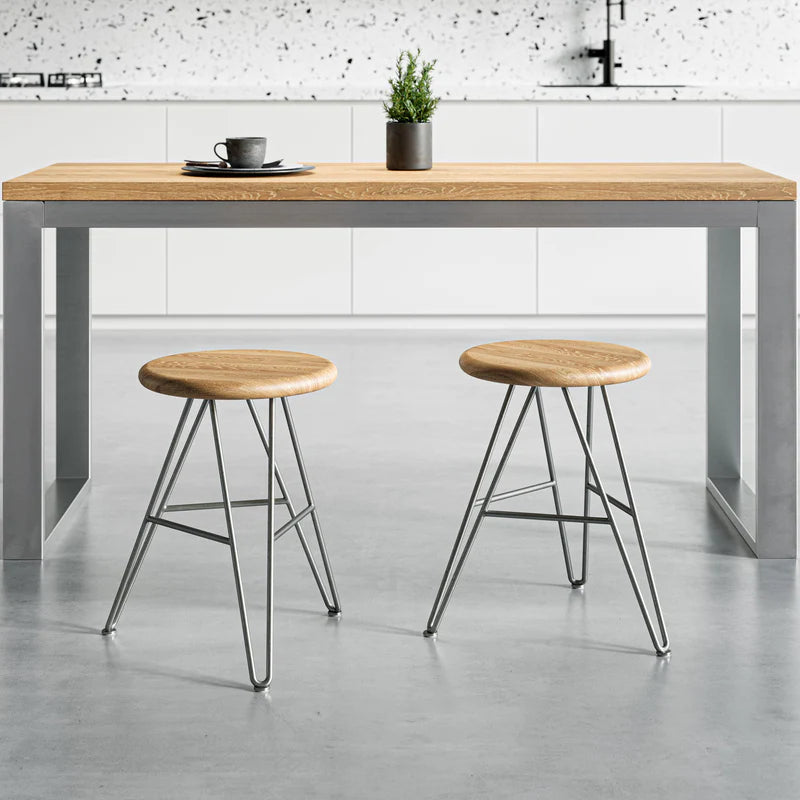
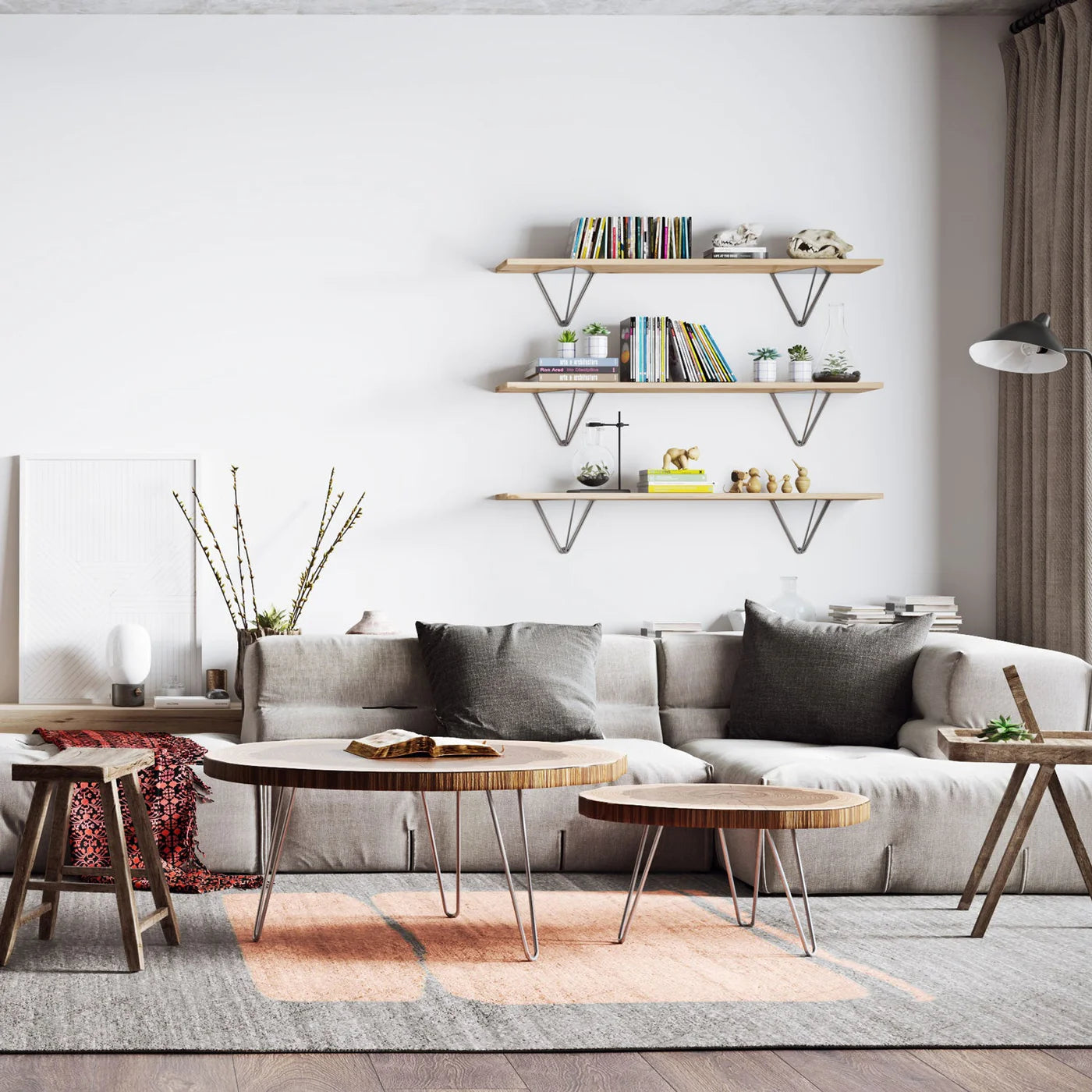

Leave a comment
This site is protected by hCaptcha and the hCaptcha Privacy Policy and Terms of Service apply.